

The Nakago Jiri is the extreme tip of the tang. It is shaped in various stylised ways which can be a useful indicator when identifying the swordmaking school of a particular blade. The forms shown below are typical examples of each named category. In practice swordsmiths made many variations of these jiri which are often hard to classify.
Yamashiro Jiri
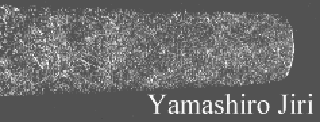
Named after Yamashiro province, this jiri is a defining feature of the Yamashiro Den swordmaking style. The form is also found in the Yamato Den style.
Kengyô Jiri

Often seen on Sôshû Den blades, this jiri is named after the tip of the Ken, a type of early straight sword often portrayed in Horimono (carvings on the surface of blades)
Iriyamagata Jiri
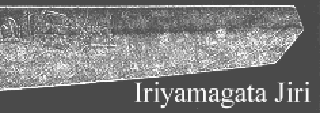
Named after a particular shape of woodsman's axe. It is seen on some Yamato swords, those made in the Hokuriku region, and some blades produced during the Shintô period.
Kuri Jiri

So named because of the resemblance of the jiri shape to a Kuri or 'chestnut'. This shape is the one most often seen, and has been popular in many schools and periods.
Ha-agari Kuri Jiri
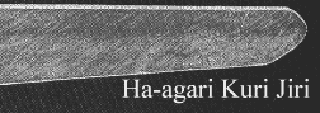
This translates as 'sloping chestnut' and is found in many schools and periods.
Ichimonji Jiri
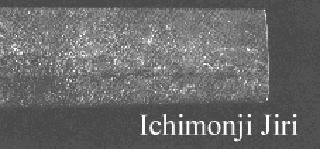
Ichimonji means 'straight line' and indicates that the nakago tip ends abruptly as a straight line across. It is seen on swords of the Hôshô school of the Kamakura period.
Kiri Jiri
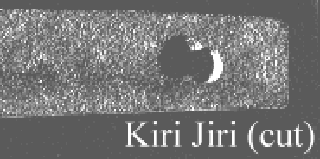
Kiri translates as 'end' or 'all there is'. This name applies when the nakago has been shortened by being cut across in Ichimonji style.